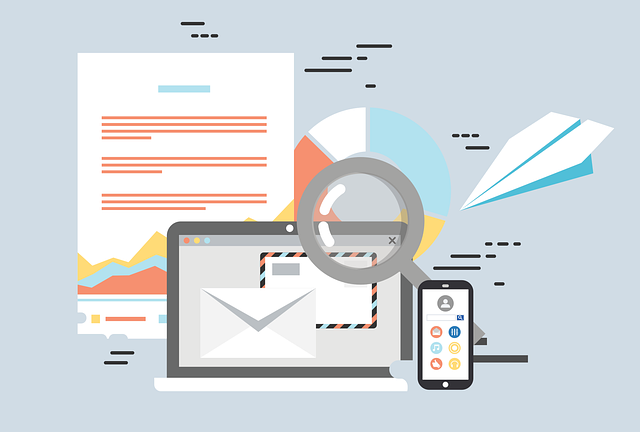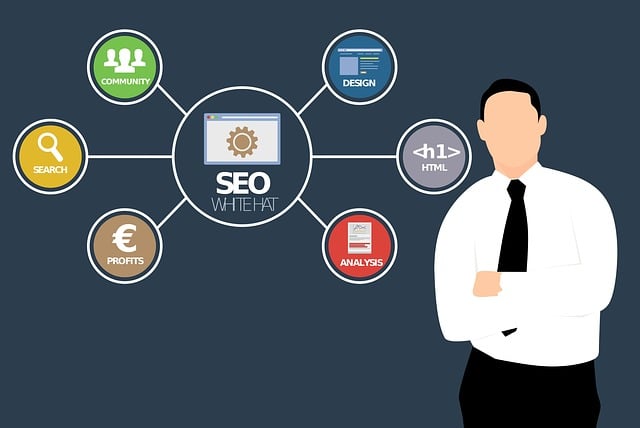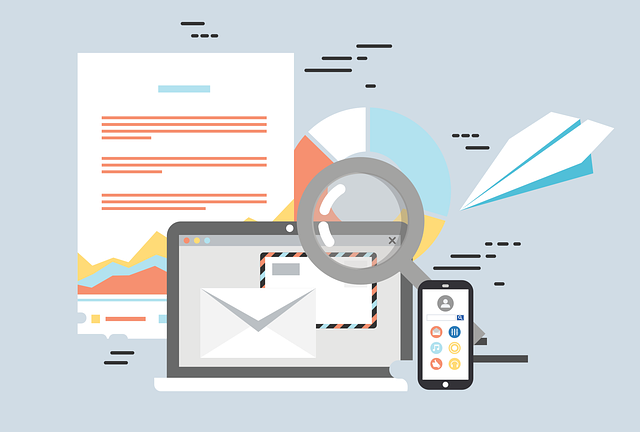Vehicle repair centers are leveraging AI-powered marketing strategies to overcome industry challenges like labor shortages and complex technology. Through tools like image recognition, data analysis, and chatbots, AI streamlines diagnostics, optimizes inventory management, and enhances customer service. These advancements not only boost efficiency but also enable centers to offer innovative services, attract new customers, and retain existing ones, gaining a competitive edge in the market with AI-powered marketing strategies for vehicle repair centers. Implementing this requires a structured approach including assessing workflows, selecting suitable AI tools, training staff, prioritizing data privacy, and measuring success through key performance indicators.
“Revolutionize your vehicle repair center with AI automation—a game-changer in enhancing efficiency and transforming customer experiences. This article delves into the immense potential of Artificial Intelligence (AI) to address contemporary challenges in auto repair, offering a practical roadmap.
We explore how AI can streamline processes from diagnosis to service, reduce costs, and improve accuracy. Additionally, we uncover AI-powered marketing strategies, such as predictive analytics and chatbots, to engage clients effectively. Our step-by-step guide ensures vehicle repair centers can successfully implement AI automation while maintaining data security and enhancing customer satisfaction.”
- Understanding the Potential of AI in Vehicle Repair: Explore the current challenges faced by vehicle repair centers and how AI automation can streamline processes, improve efficiency, and reduce costs.
- AI-Powered Marketing Strategies: Unlocking New Opportunities: Discuss the benefits of integrating AI into marketing efforts for vehicle repair businesses. Cover topics like predictive analytics for targeted advertising, natural language processing for customer service chatbots, and personalized communication to attract and retain clients.
- Implementing AI Automation: A Step-by-Step Guide: Provide a practical approach for vehicle repair centers to adopt AI technologies. Include steps such as assessing current processes, selecting suitable AI tools, training staff, ensuring data privacy and security, and measuring the impact of automation on business operations and customer satisfaction.
Understanding the Potential of AI in Vehicle Repair: Explore the current challenges faced by vehicle repair centers and how AI automation can streamline processes, improve efficiency, and reduce costs.

Vehicle repair centers face mounting challenges, from labor shortages and rising costs to keeping up with increasingly complex automotive technology. Traditional processes often involve repetitive tasks, manual error, and lengthy turnaround times, hindering centers from offering efficient and cost-effective services. This is where AI automation steps in as a game-changer. By implementing AI-powered marketing strategies, repair centers can transform their operations.
AI has the potential to streamline every step of the vehicle repair process. It can enhance diagnostics through advanced image recognition and predictive analytics, enabling technicians to identify issues more accurately and swiftly. Automated data analysis can also optimize inventory management, ensuring parts are readily available when needed. Moreover, AI-driven customer service chatbots can handle routine inquiries, freeing up human agents for complex tasks. These improvements not only boost efficiency but also allow centers to compete in a rapidly evolving market, attracting customers with innovative, AI-integrated services.
AI-Powered Marketing Strategies: Unlocking New Opportunities: Discuss the benefits of integrating AI into marketing efforts for vehicle repair businesses. Cover topics like predictive analytics for targeted advertising, natural language processing for customer service chatbots, and personalized communication to attract and retain clients.

Integrating AI into marketing efforts for vehicle repair businesses opens up a world of opportunities, revolutionizing how they connect with their audience. Predictive analytics powered by AI can analyze historical data to identify trends and patterns in customer behavior, enabling targeted advertising campaigns that reach the right clients at the right time. This precision ensures marketing budgets are utilized effectively, maximizing return on investment.
Natural Language Processing (NLP) is another powerful tool, facilitating the development of customer service chatbots. These AI-driven assistants can handle initial inquiries, provide quick solutions, and even schedule appointments, enhancing client experience and reducing response times. Furthermore, personalized communication through AI ensures each client feels valued, fostering brand loyalty. By tailoring marketing messages based on individual preferences and past interactions, vehicle repair centers can attract new customers and retain existing ones, creating a competitive edge in the market.
Implementing AI Automation: A Step-by-Step Guide: Provide a practical approach for vehicle repair centers to adopt AI technologies. Include steps such as assessing current processes, selecting suitable AI tools, training staff, ensuring data privacy and security, and measuring the impact of automation on business operations and customer satisfaction.

Implementing AI automation in vehicle repair processes requires a structured approach. Start by thoroughly assessing your current workflows and identifying pain points where AI can make a significant impact. This involves understanding the specific tasks that are time-consuming, error-prone, or difficult to standardize. Once these areas are pinpointed, it’s crucial to select appropriate AI tools tailored to your needs—whether it’s natural language processing for diagnostics, computer vision for damage assessment, or predictive analytics for maintenance scheduling.
Training staff is a vital step to ensure effective adoption of new technologies. Educate your team on the capabilities and limitations of AI, fostering a collaborative environment where human expertise complements machine learning. Data privacy and security are paramount; establish robust protocols to safeguard sensitive customer information. Regularly review and update these measures as AI systems evolve. Finally, measure the success of automation by tracking key performance indicators related to business operations (e.g., reduced repair times, cost savings) and customer satisfaction (e.g., improved turnaround times, enhanced accuracy). Integrating AI-powered marketing strategies can further elevate your vehicle repair center’s efficiency and appeal to tech-savvy customers.
AI automation is transforming vehicle repair processes, offering significant advantages in efficiency, cost reduction, and customer experience. By adopting AI-powered marketing strategies, such as predictive analytics and personalized communication, vehicle repair centers can attract and retain clients effectively. Implementing AI through a structured process, including assessment, tool selection, staff training, and data security measures, ensures a successful transition. With these steps in place, repair centers can harness the full potential of AI to stay competitive in the market and provide top-notch services.
